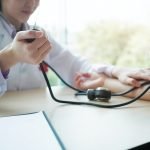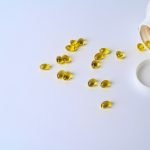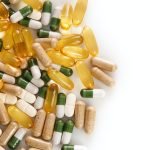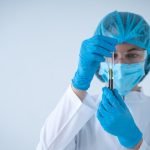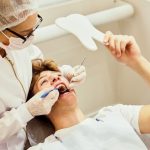Scientists attack the root cause of pancreatic cancer
Pancreatic cancer is a complex disease with various subtypes, yet it is often treated as a single entity with a one-size-fits-all approach.
Most cases are...
Research shows an important cause of Alzheimer’s disease
Alzheimer's disease, the most common form of dementia affecting the elderly, remains a significant medical mystery.
Despite over two decades of global research, its exact...
Blood pressure fluctuations are link to dementia risk
A groundbreaking study by the University of South Australia (UniSA) has uncovered a crucial link between fluctuating blood pressure and the risk of dementia...
Vitamin D dosing for heart health needs to change, shows study
Recent research by Intermountain Health in Salt Lake City has raised important questions about the effectiveness of current Vitamin D dosing recommendations in preventing...
Half-dose COVID-19 boosters have fewer side effects and cost-effective
Researchers from the Murdoch Children's Research Institute (MCRI) and the National Center for Communicable Diseases in Mongolia conducted a study to assess the efficacy...
Focal therapy can be a more effective treatment for prostate cancer
A groundbreaking study led by researchers at Imperial College London, published in the Journal of Medical Economics, reveals that minimally invasive focal therapies, such...
Vitamin D supplements could protect heart health in older people, study shows
Recent research published in The BMJ has brought to light the potential benefits of Vitamin D supplements in reducing the risk of major cardiovascular...
Scar tissue could predict pancreatic cancer outcome
Researchers at Stanford Medicine have made a groundbreaking discovery in the fight against pancreatic cancer, particularly the most common form known as pancreatic ductal...
Dentists play a big role in chronic disease detection
Innovative research published in the British Dental Journal reveals that dental professionals can play a crucial role in public health beyond oral care.
The study,...
Dementia: negative thinking linked with more rapid cognitive decline
Dementia affects an estimated 54 million people worldwide. There no cure, but reports indicate that approximately a third of dementia cases may be preventable,...



